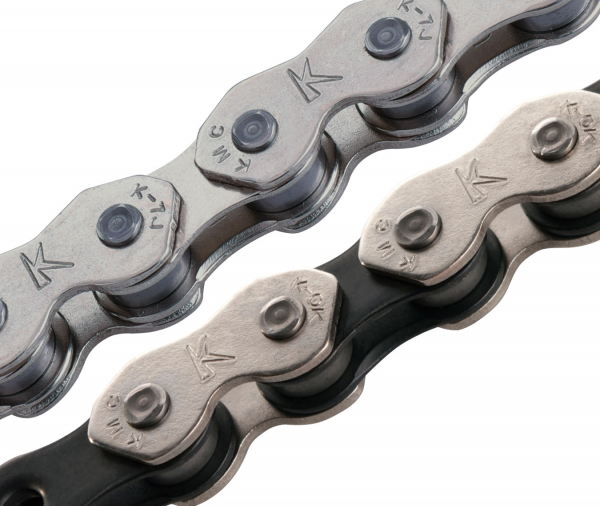I’ve had occasional chain derailment issues on my Pipedream Moxie in a specific instance for the last year+: higher lean angle, big power accelerations. I swapped from 11s to 9s chain hoping the wider plates and lower articulation would help (and it has) but I’ve still had it happen in that edge case once or twice. Chain tension is correct.
I’ve played with the bike lately and have narrowed it down to the plate-yoke chainstay design. It allows a surprising amount of lateral flex in that ‘leaned over, big mash’ situation. That flex is nice in chunky corners, but losing a chain really sucks. I’m not really interested in a derailleur style tensioner yet, but that may be the fix (outside of a frame swap).
My question is: would a dedicated SS chain be less or more apt to derail in the event of chainstay flex? It seems like a shifty chain might articulate better to accommodate misalignment, but it also has chamfers to encourage a jump.
I’ve played with the bike lately and have narrowed it down to the plate-yoke chainstay design. It allows a surprising amount of lateral flex in that ‘leaned over, big mash’ situation. That flex is nice in chunky corners, but losing a chain really sucks. I’m not really interested in a derailleur style tensioner yet, but that may be the fix (outside of a frame swap).
My question is: would a dedicated SS chain be less or more apt to derail in the event of chainstay flex? It seems like a shifty chain might articulate better to accommodate misalignment, but it also has chamfers to encourage a jump.








